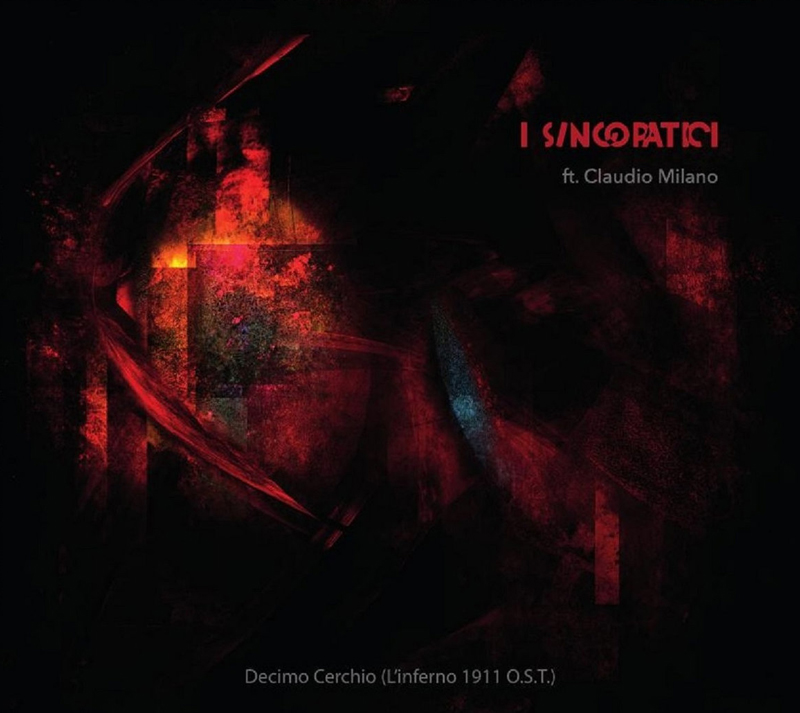I Sincopatici ft Claudio Milano – Decimo Cerchio (L’Inferno 1911 O.S.T.) (Snowdonia, 2024)
With Decimo Cerchio (L’Inferno 1911 O.S.T.), the Italian trio I Sincopatici, joined by the shape-shifting vocal polymath Claudio Milano, summon a hallucinatory séance with cinema, Dante, and sound itself. Issued by Snowdonia in 2024, this ambitious concept album reimagines the 1911 silent film L’Inferno, Italy’s first cinematic “colossus,” through a kaleidoscope of genres and auditory rituals. The result is both reverent and radical, forging an uneasy alliance between tradition and the avant-garde.
At the album’s fiery center is Milano, whose extended vocal techniques evoke everything from operatic ghosts to guttural spirits. A master of overtone singing, eerie spoken word, and theatrical delivery, Milano embodies Dante’s descent,. His voice acts as a shifting lens through which the listener is guided, or perhaps lured, deeper into the album’s rich, infernal sound world.
Meanwhile, I Sincopatici, Francesca Badalini (piano, composition), Andrea Grumelli (percussion), and Luca Casiraghi (bass), bring cinematic scope and emotional depth. Their musical palette spans neo-Romantic piano lines, Nordic ambient soundscapes, global rhythms, musique concrète, and bursts of Zeuhl and Rock in Opposition. Badalini’s western classical pedigree, notably her tutelage under Oscar-winning composer Nicola Piovani, is evident in the lush harmonic arcs and precise dramatic pacing. Each passage feels choreographed to match a ghostly procession onscreen, appropriate, given that this music was first performed live in a cine-concert setting in Varese’s Teatro Nuovo in 2021.
As the project unfolds, it transforms the idea of “soundtrack” into a full-blown Gesamtkunstwerk (total work of art). This is not background music, it’s a parallel narrative. The album conjures an underworld in which ancient liturgical whispers rub against post-industrial noise, while melodies inspired by Italian film scores dissolve into dream sequences. Even silence plays a role; pauses seem to vibrate with existential dread.
Milano’s resumé is as impressive as his vocal range. A regular in both art biennales and underground venues, he’s collaborated with a cross-section of artists from King Crimson to Huun Huur Tu, traversing genres with the same ease he traverses octaves.
Likewise, the trio’s commitment to silent film accompaniment, as well as their long-standing relationship with Cineteca Italiana, speaks to a deep reverence for history. But here, the past is reanimated, distorted, and set ablaze. The performance becomes a ritual, the listener a witness.
Artwork by Mario Coppola and design by Andrea Baltera echo the album’s gothic magnificence and theatrical edge.

